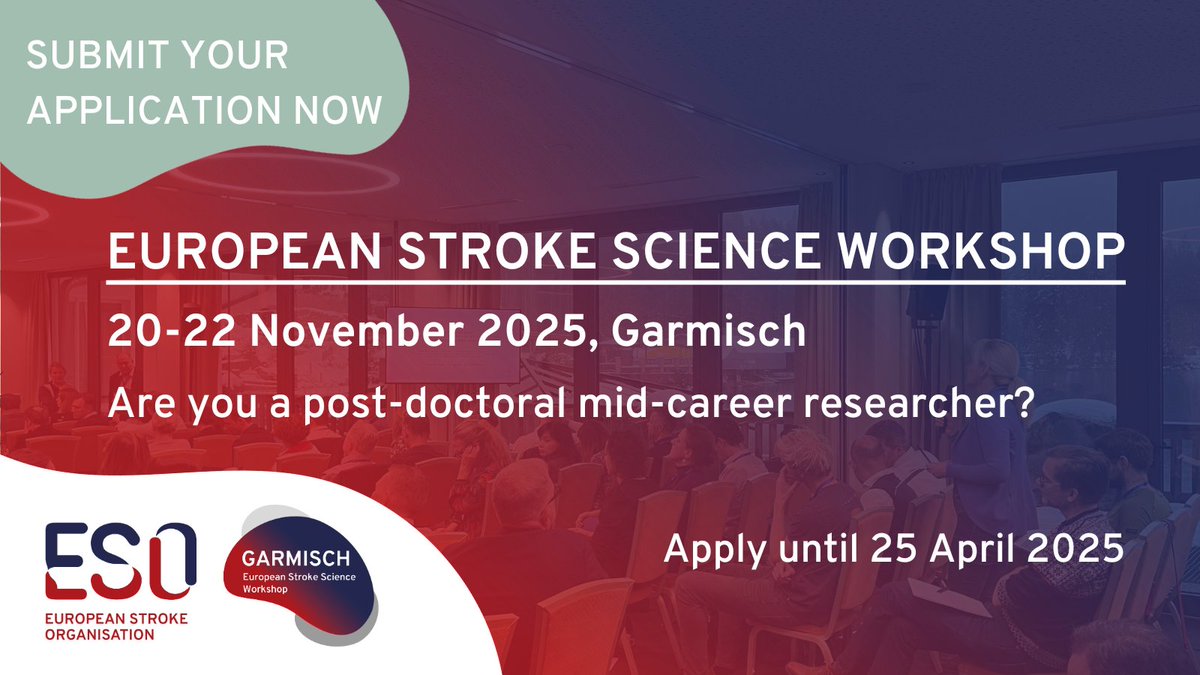
Diana Aguiar de Sousa
@diana_a_sousa
MD PhD Portuguese Neurologist
Professor @ULisboa_
Co-Chair @ESOstroke Guideline Board
Vice-president @SPAVC_pt
#StrokeinYoung #Cerebral_Venous_Thrombosis
ID: 886536376681988100
https://www.researchgate.net/profile/Diana_Sousa 16-07-2017 10:41:58
1,1K Tweet
2,2K Followers
1,1K Following

Grateful for this collaborative effort improving epilepsy management after cerebral venous thrombosis! JAMA Neurology Jonathan Coutinho Shadi Yaghi Thanh Nguyen 🇺🇦 Diana Aguiar de Sousa Jim Siegler (@jimsieglermd.bsky.social now) @LiqiShu

Happy to share our editorial in The Lancet on the OPTIMAS trial, exploring early anticoagulation in ischemic #Stroke patients with #AtrialFibrillation. Important findings for improving secondary stroke prevention and patient outcomes Else C. Sandset 👉thelancet.com/journals/lance…

A large volume of high-quality research is being conducted in the field of #Stroke to hopefully improve outcomes for patients!🤞 🎥 Diana Aguiar de Sousa shared some highlights in #Stroke research from #ESOC2024 earlier this year: 👉 ow.ly/a5Ni50TSqxu 👈 #WorldStrokeDay #CTSM
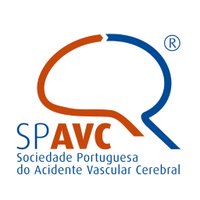


A newly developed and validated DIAS3 score, using six readily available clinical variables, effectively predicts the risk of post-cerebral venous thrombosis epilepsy. ja.ma/3OOIbCW Diana Aguiar de Sousa


Great start for the 12th ESO-ESMINT Stroke Winterschool in Bern with our president Simona Sacco on the global burden of stroke European Stroke Org ESMINT Society Stroke Research Center Bern Thomas Meinel Urs Martin Fischer Tomas Dobrocky Eike Piechowiak Espen Saxhaug Kristoffersen Insel Gruppe Adnan Mujanović
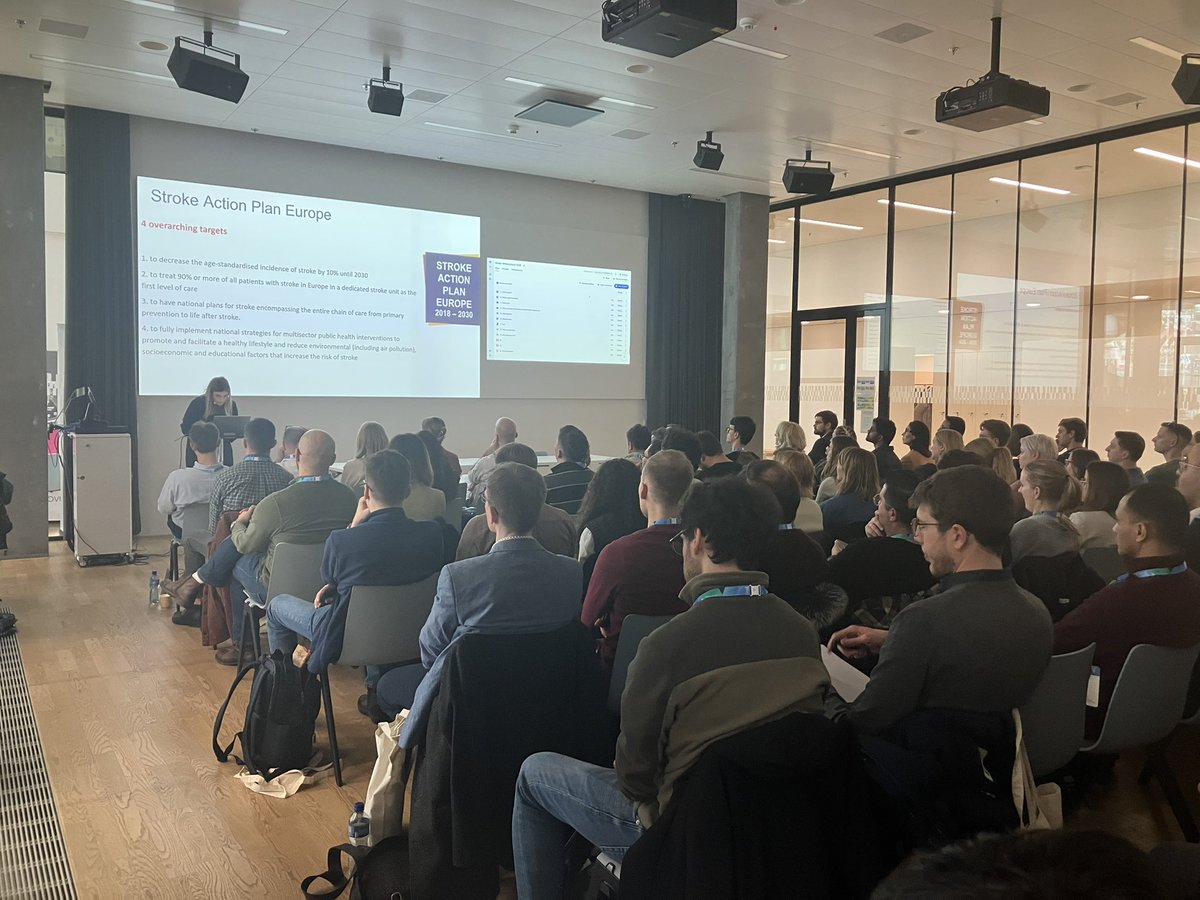

Early DOAC initiation may yield a sizeable net clinical benefit after AFib–associated ischemic stroke. Diana Aguiar de Sousa ja.ma/40AYKHS
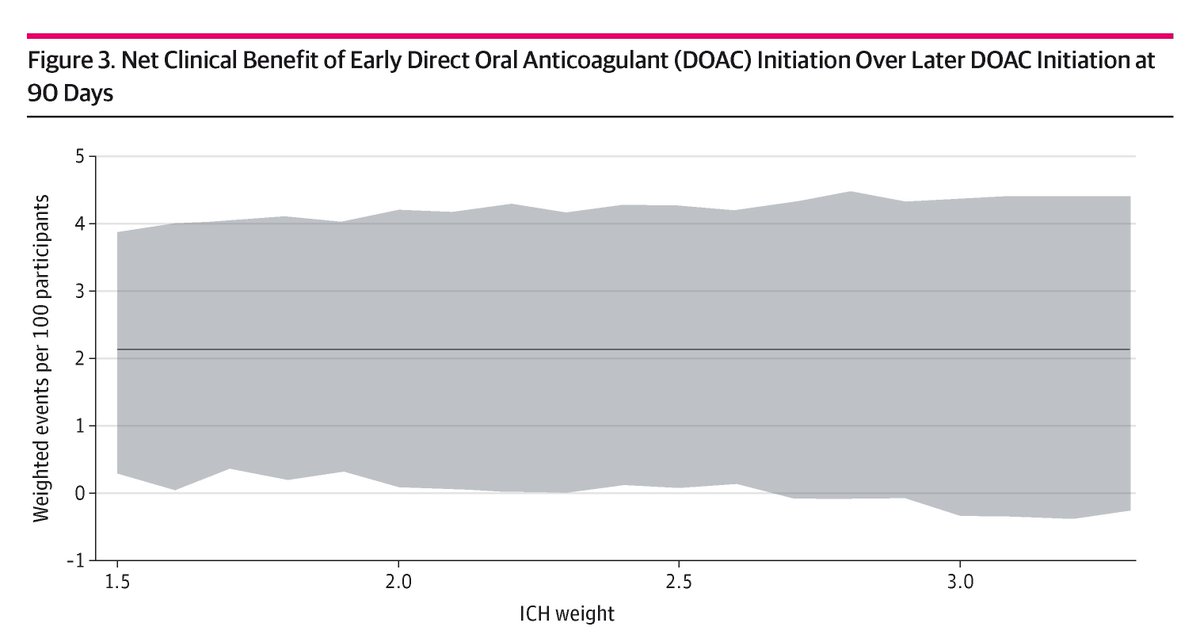




Check out our latest study on early deterioration in cerebral venous thrombosis, just published in the European Stroke Journal #ESJ Sage Journals Identifying high-risk patients can help optimize monitoring and inform the design of future clinical trials⬇️journals.sagepub.com/eprint/UJIMGHD…
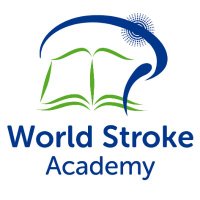


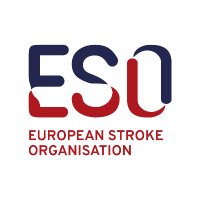
Apply for the ESO Edinburgh Stroke Research Workshop from 1-3 Sep!A great opportunity for aspiring academics to refine their research skills&develop a feasible PhD/MD project🔗ow.ly/uAr050V3mLC Else C. Sandset Fergus Doubal Dr Terry Quinn💙 Frederike van Wijck Professor Hanne Christensen Charlotte Cordonnier


Thank you featuring our work World Stroke Academy You can find the full text here ⬇️ journals.lww.com/co-neurology/a…

Under the strong leadership of ESO President Simona Sacco, today’s discussions were dynamic and forward-thinking. Engaged debates, insightful exchanges, and strategic brainstorming shaped the future of #strokescience and the ESO Society. Exciting times ahead—stay tuned!






